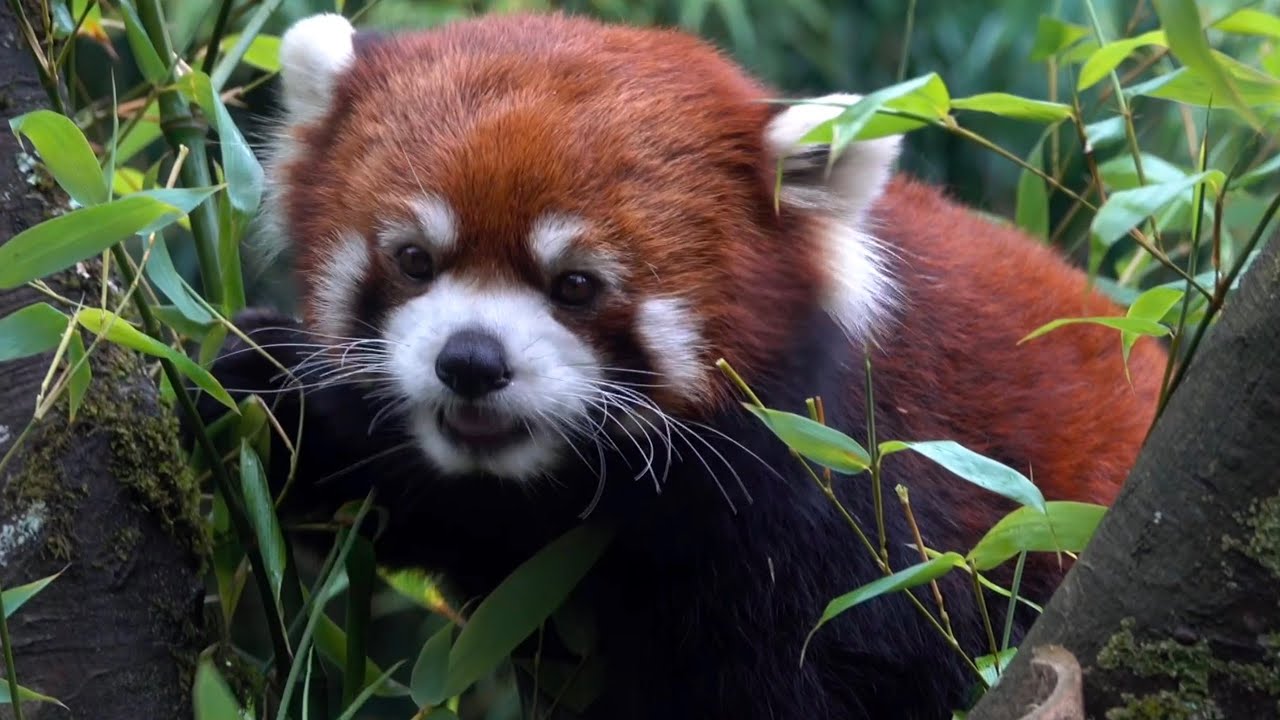– Strategies for caring for aging animals in captivity, exemplified by Senior Red Panda Moshu’s specialized care regimen.
– The physical and behavioral changes observed in senior red pandas, with a focus on Moshu’s case.
– The role of zoos in wildlife conservation and the significance of individual animal care in broader conservation efforts.
– Challenges and advancements in managing health and wellbeing for aging animals in zoo environments.
– Educational opportunities presented by senior animals like Moshu in zoo settings, contributing to public awareness and conservation support.
Caring for aging animals in captivity necessitates a comprehensive approach, encompassing dietary adjustments, enhanced medical monitoring, and enrichment activities tailored to their evolving needs. Senior Red Panda Moshu receives exceptional care as he ages, underlining the importance of adapting animal management practices to accommodate geriatric individuals. This approach serves to maintain the quality of life for animals like Moshu and reflects a zoo’s commitment to upholding high standards of animal welfare.
As red pandas age, they exhibit distinct physical and behavioral changes. Such transitions may include reduced mobility, dental wear, and changes in dietary preferences. In Moshu’s case, these changes prompt regular veterinary examinations to monitor his health closely and dietary adjustments to ensure his nutritional requirements continue to be met despite these changes. These adaptations are crucial for maintaining Moshu’s health and well-being.
Zoos are pivotal in wildlife conservation, serving as ark sites for endangered species, including the red panda. The meticulous care provided to individual animals such as Moshu highlights the significance of zoos in not just displaying animals for public viewing but in actively contributing to preserving biodiversity. The attention to detail in Moshu’s care demonstrates a zoo’s holistic commitment to conservation, which extends beyond breeding programs to include the welfare of elderly animals.
Handling aging animals in zoos presents challenges, from diagnosing age-related conditions to designing habitat modifications that accommodate decreased mobility. Advances in veterinary medicine and a deeper understanding of animal needs enable zoos to enhance their care protocols for senior animals. Moshu benefits from such progress, with customized habitat features to ease his movement and specialized diets to support his health as he ages.
Educational opportunities abound with senior animals like Moshu. Zoos can leverage these individuals’ stories to foster public awareness about the natural behaviors and conservation status of species like the red panda. By sharing Moshu’s story, zoos educate visitors on the intricacies of animal care and the challenges faced by wildlife, both in captivity and in the wild, thereby garnering support for conservation efforts.
Senior Red Panda Moshu’s exceptional care as he ages exemplifies the dynamic nature of zoo management and the critical role these institutions play in conservation and education. Through progressive care strategies, zoos enhance the lives of the animals in their charge and contribute significantly to the global effort to preserve our planet’s biodiversity. Moshu’s story enlightens visitors and underscores the zoo’s broader commitment to wildlife conservation, offering a compelling case for the value of individual animal care within these efforts.
*****
Source Description
A recent health diagnosis has changed Moshu’s routine, but the aging red panda still enjoys apple snacks and plenty of naps.

